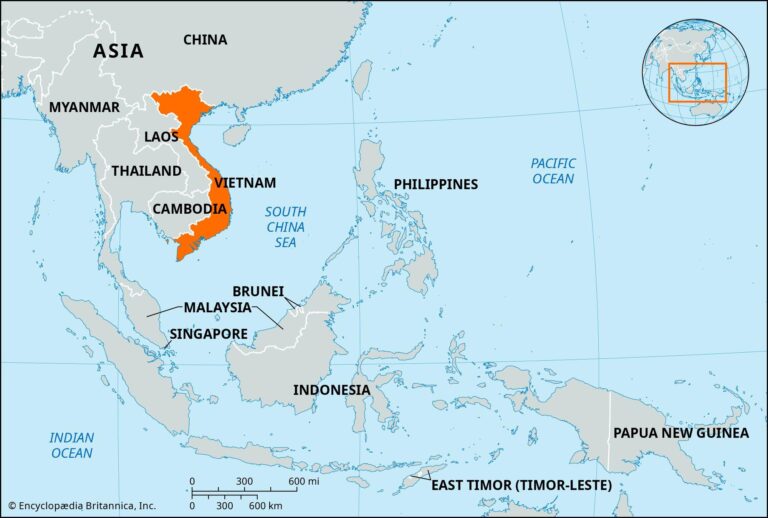Introduction to Vietnam’s Two-Child Policy
The two-child policy has been a significant aspect of Vietnam’s population control measures for over three decades. This policy was introduced in the 1980s to curb rapid population growth and manage resources effectively.
The Repeal of the Policy
In a surprising move, the Vietnamese government has officially repealed its two-child policy. This decision reflects changing attitudes about family planning and population growth in response to evolving economic and social conditions.
Implications for Families
The repeal of the two-child policy opens the door for families to have more children. This shift allows parents to expand their families according to their personal desires and circumstances, potentially leading to a demographic shift in the country.
Economic Considerations
With an aging population and declining birth rates, Vietnam’s economy might benefit from the repeal. Increasing the birth rate could help maintain a sustainable workforce and stimulate economic growth in the long run.
Social and Cultural Effects
Societal attitudes toward family size and child-rearing may see significant changes as a result of this decision. More children per family can reshape cultural norms and expectations surrounding parenting and gender roles in society.
Conclusion and Future Outlook
The repeal of Vietnam’s two-child policy is a historic change with far-reaching implications. As families navigate these new regulations, the government will have to monitor the impact on demographics, economy, and social structures closely.
For further reading on the implications of this policy, visit The Borgen Project.

